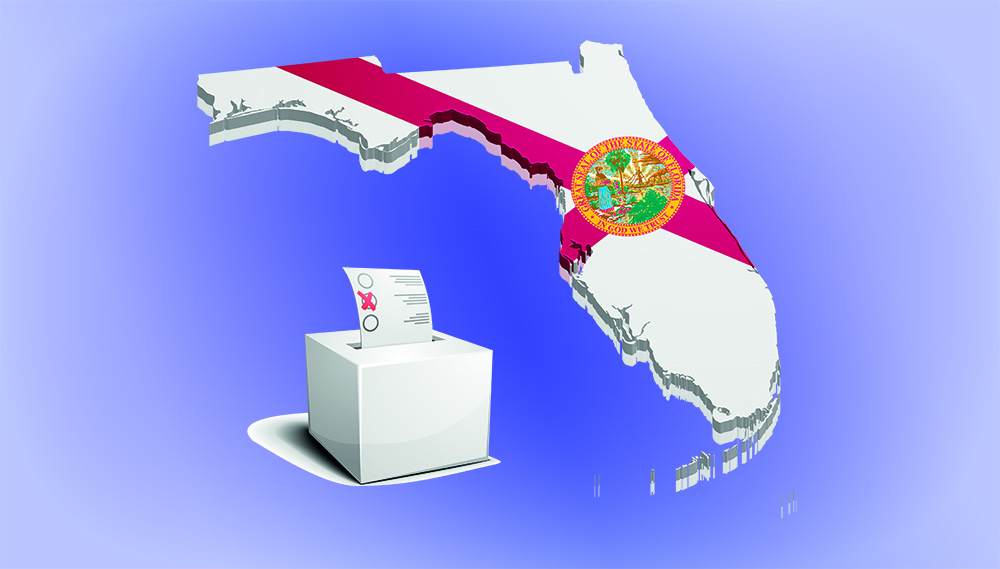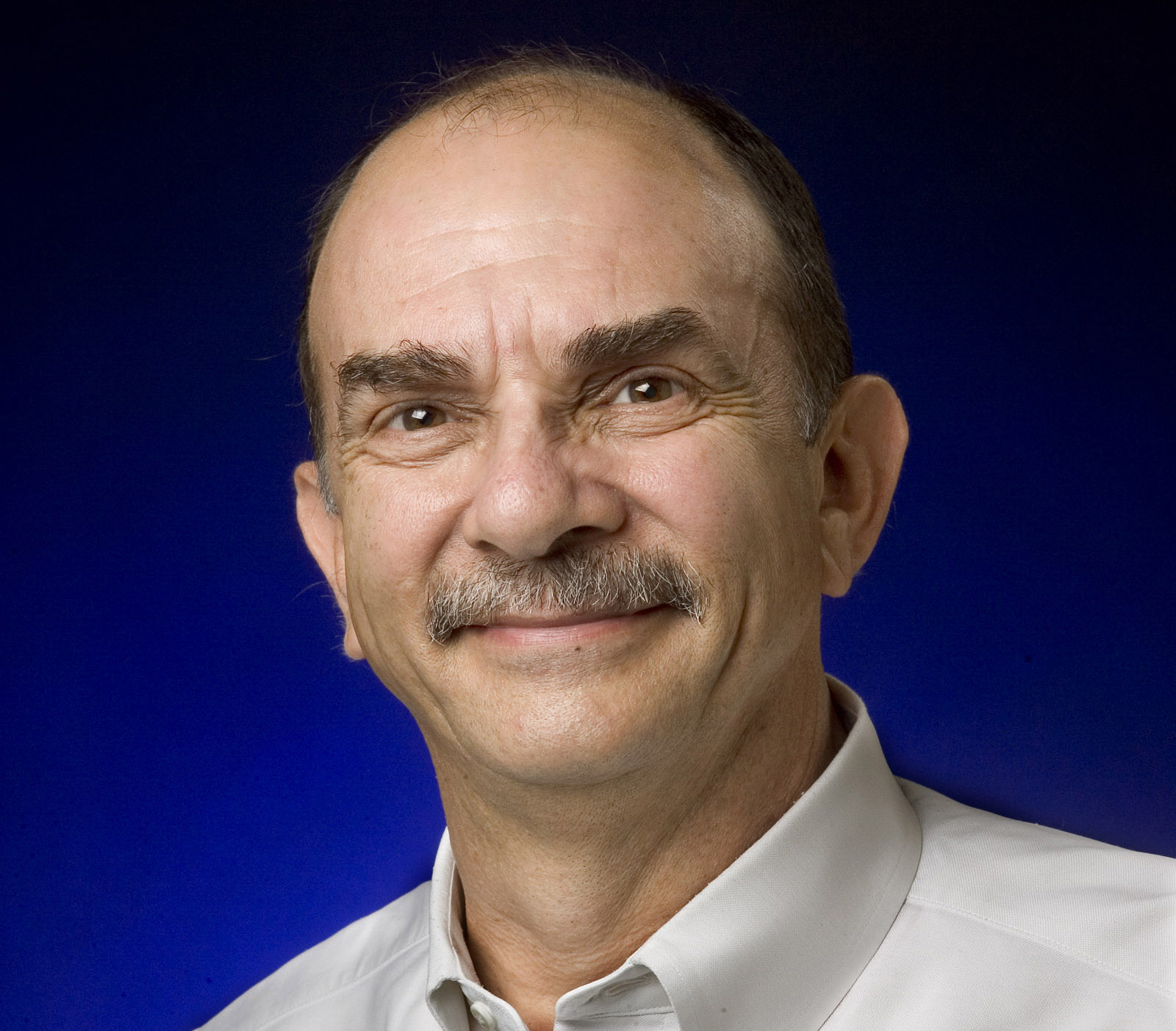- 2016 presidential race
- African-American
- Bernie Sanders
- Cubans
- Dominicans
- Donald Trump
- Florida Southern College
- Gen X
- Gen Xers
- Haitians
- Hillary Clinton
- Hispanic
- Jamaicans
- Lawton M. Chiles Center for Florida History
- Millennials
- Puerto Ricans
- Susan MacManus
- The greatest generation
- The silent generation
- university of south florida

 If you are a presidential candidate, you can’t come to Florida with a single, cookie-cutter campaign and speak to issues based on national surveys.
If you are a presidential candidate, you can’t come to Florida with a single, cookie-cutter campaign and speak to issues based on national surveys.
Florida is one of the most diverse and perhaps, with 29 electoral votes, the most crucial swing state in the presidential election, University of South Florida political science professor Susan MacManus told a large audience Thursday evening.
MacManus was the leadoff speaker for the new season of the Florida Lecture Series hosted by the Lawton M. Chiles Center for Florida History at Florida Southern College in Lakeland.
Distinguished professor of public administration and political science at USF, MacManus is considered one of the pre-eminent scholars and commentators on Florida and national politics.
Two major issues rise to the top among Florida voters, MacManus said: the economy and personal safety, and varies in concern among the state’s diverse electorate.
The economy is a great concern for the blue collar and middle class electorate. Of almost the same strength in polls is what MacManus lists as “personal safety,” which includes terrorism in the United States and safety from home-grown violence. Younger voters are more concerned with personal safety. College-age women, for example, are concerned with rape and assault, she said.
Florida’s role is pivotal in the national election, and its swing state status is very tight. In the last three elections — 2010, 2012 and 2014 — gubernatorial and presidential, the margin of victory for the winning party has been 1 percent or less she said.
Late Thursday, a new poll had Democratic presidential nominee Hillary Clinton and Republican candidate Donald Trump statistically tied at 47 percent of the electorate with the remaining 6 percent third party voters or undecided.
Because of the closeness, both parties must look at and attract the many layers of diversity in gender, ethnicity, and age.
“Twenty-four percent [of Florida voters] — one-fourth of the electorate — are neither Republican nor Democrat,” she said. And are most likely to be younger.
And although more women traditionally are registered and go to the polls more than men across the political spectrum, the difference is higher for Democrats.
“All I had to do to do was look at the fact that there are 18 percent more females than males among Democrats and know that Bernie Sanders would not win [the Florida Primary].”
There is an even larger group of Hispanic voters now than four years ago, she said, adding that they can’t be viewed as a solid bloc.
“Whenever I talk to people outside the state they all assume every Hispanic is Cuban. The greatest change in the voting population in the last four years has been the influx of Puerto Rican voters,” she said. “It is the second-highest Hispanic voting bloc to Cuban and growing mainly along the I-4 corridor.”
Pollsters from outside the state haven’t learned this yet and often don’t see the difference when conducting their surveys. MacManus said, alluding to the fact that traditionally, Cuban voters in the past have voted Republican while Puerto Ricans primarily vote for the Democratic candidates.
Florida is not only the home base for a diverse population of Hispanic communities, but black voters as well.
“There are Haitians, Jamaicans, and Dominicans mostly in South Florida and their interests are decidedly different from African-American voters,” she said.
“Why does this matter? With a state like Florida and a 1 percent difference [in the victory margin], every slice of demographic is important. You ignore demographics, and you have a potential to lose,” MacManus said.
That is particularly true of the demographics of age, she said. The Greatest Generation — those who remember World War II and Franklin Roosevelt — are 89 years old or over and are 2 percent of the electorate. The Silent Generation includes voters 71 to 88, making up 17 percent of the electorate. Baby Boomers, 52-70, account for 34 percent and are the children of the 1960s and ’70s, with a different cultural reference. They are followed by the Gen X group, aged 36-51, at 23 percent; and the Millennials, 18-35 — whose points of reference are Afghanistan, 9/11, and social media — making up 24 percent of Florida voters.
Millennials are likely to have strongly supported Sanders on the Democratic side and Marco Rubio on the Republican side.
“If you are older, you likely favor one party or the other,” MacManus said, “younger, you are likely NPA [no party affiliation].”
It is the younger generations of Gen Xers and Millennials, which currently make up 47 percent of the electorate in Florida, who will make the changes in future elections.
Asked about the future of the country by an audience member who said he was not optimistic about it, MacManus said she was very optimistic because of the younger generation.
“I frequently ask my students at the end of the semester how many feel they want to go into politics,” she said. “In the last four years, I have seen an increased number raising their hands. And it is not for president or senator. It is the local school board or the Legislature. I find that very encouraging.”



